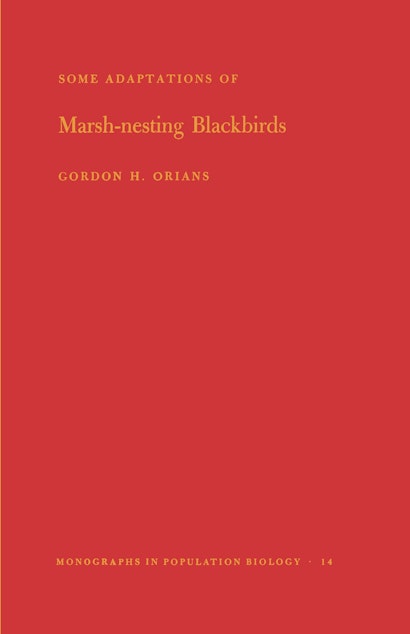Some Adaptations of Marsh-Nesting Blackbirds. (MPB-14), Volume 14


Paperback
- Price:
- $79.00/£65.00
- ISBN:
- Published:
- Apr 21, 1980
- Copyright:
- 1980
- Pages:
- 312
- Size:
- 5.5 x 8.5 in.
ebook
The variety of social systems among the New World blackbirds (Family Icteridae) and the structural simplicity of their foraging environment provide excellent opportunities for testing theorics about the adaptive significance of their behavior. Here Gordon Orians presents the results of his many years of research on how blackbirds utilize their marsh environments during the breeding season. These results stem from information he gathered on three species during ten breeding seasons in the Pacific Northwest, on Red-winged blackbirds during two breeding seasons in Costa Rica, and on three species during one breeding season in Argentina.
The author uses models derived from Darwin’s theory of natural selection to predict the behavior and morphology of individuals as well as the statistical properties of their populations. First he tests models that predict habitat selection, foraging behavior, territoriality, and mate selection. Then he considers some population patterns, especially range of use of environmental resources and overlap among species, that may result from those individual attributes. Professor Orianns concludes with an overview of the structure of bird communities in marshes of the world and the relation of these patterns to overall source availability in these simple but productive habitats.